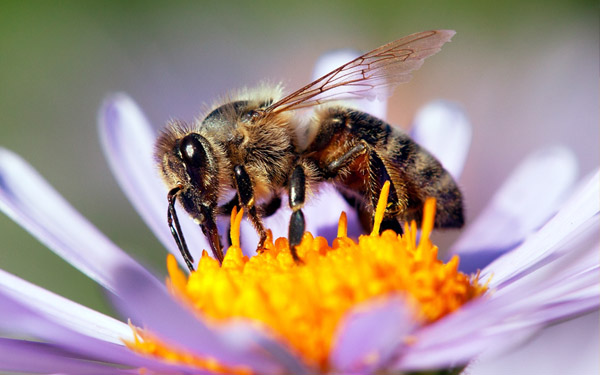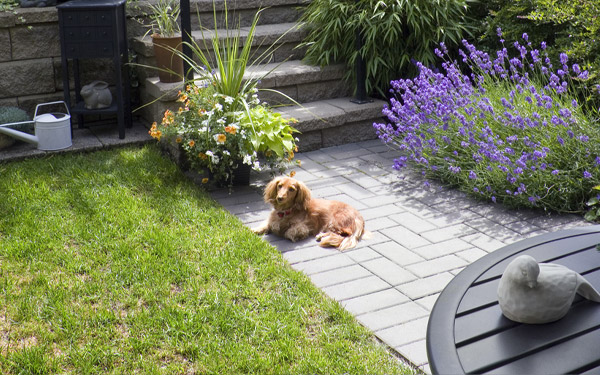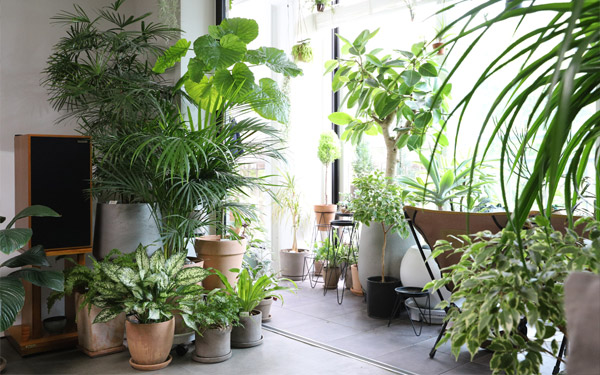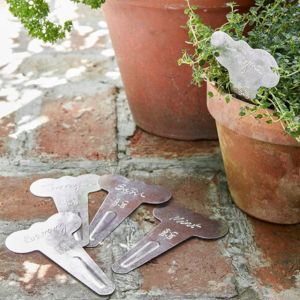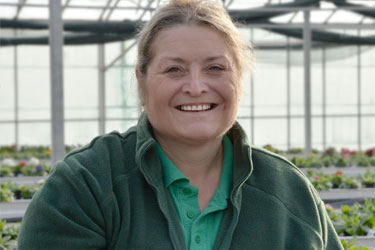Quick guide to garden herbs for keen cooks
Quick guide to garden herbs for keen cooks
Fresh herbs are a great way to liven up any dish! Most herbs are really easy to grow yourself and there's a much larger variety available than normally available on supermarket shelves.
Herbs not Herbaceous
Culinary herbs are many different types of plants and shouldn't be confused with herbaceous plants. Some herbs are evergreens, many are perrenials or annuals and some like parsely are bi-annuals.
Plant Type Influences Cooking
Knowing what type of plant a herb is can also useful to know when cooking. Most herbs are delicate and so are often added to dishes at the end of cooking or used raw
Robust herbs Can Cook Longer
Evergreen herbs are much tougher and have a more robust flavour and so are used earlier in cooking
Evergreens
Evergreens include Bay, Sage & Rosemary. They can grow large but can also be kept smaller if grown in containers. Best of all they're always available to use in the kitchen and are great with meats and in pies & stews
Perennials
Perennial herbs are also easy to grow but will go dormant over the winter. Thyme, Fennel, Oregano, Mint, Tarragon & Chives are great examples
Bi-Annuals
Bi-annual herbs such as parsley and chervil will die off in the Winter but before they go they'll drop seeds into the soil below. keep an eye out for young seedlings appearing in Spring and don't plant in hanging baskets
Annuals
Annuals such as Basil & Coriander will die over Winter and not come back so you'll need to sow seeds or plant replacements each year
Location
If you want to make regular use of your garden herbs in the kitchen then plant them in containers near to your door so you don't have to go down to the end of the garden every time you need a bay leaf


